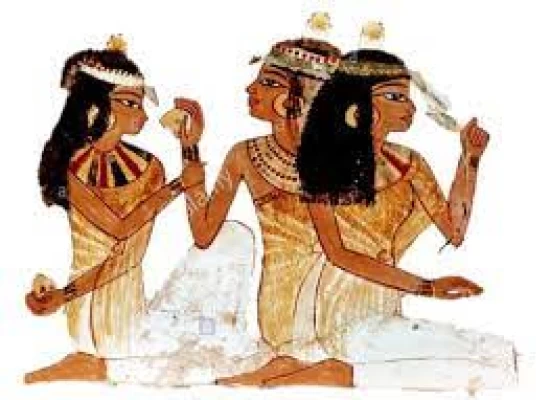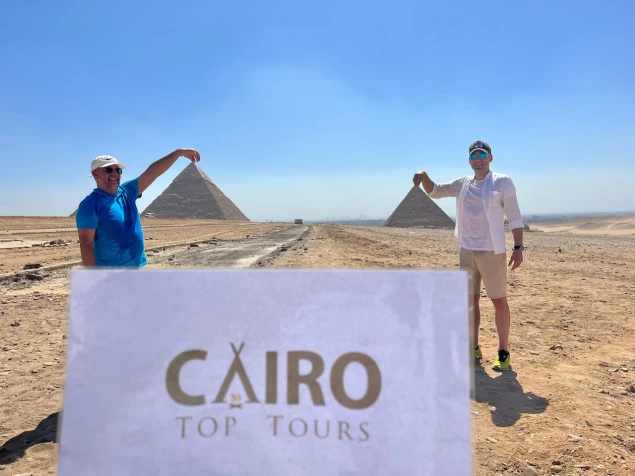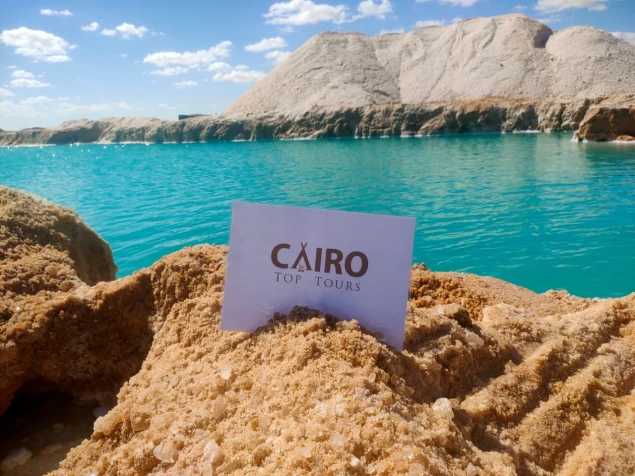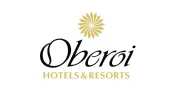
Cosmetics in Ancient Egypt
Both men and women put on make-up. Merchants traded makeup very often, especially in the upper classes. In the tombs, cosmetic plates were found buried in gold with the deceased as funeral goods, which also confirmed the idea that cosmetics were used not only for aesthetics but also for magical and religious purposes.
Chemistry
The two main forms of eye makeup are green eye paint and black eyeliner. Green malachite has come from the Sinai mines since 3000 BC. Crushed coal was also used in this process. Crushed malachite and Galena and mixed with glue or water to make a paste. Mesdimit, or eyeliner, was used to line the eyes and revealed powerful health benefits in the form of protection from diseases, insects, and sunlight. Red ocher Clay was ground and mixed with water to make a paste for painting lips and cheeks.
Medical uses
they firmly believed that the therapeutic effects of these preparations were magical, not medicinal. Surprisingly, there are already benefits. One of the most important benefits is that makeup contains lead salts, which when in contact with the skin, cause the body to produce more nitric oxide. It is known that nitric oxide resists pathogenic bacteria. Therefore, the Egyptians were less susceptible to diseases or infections.
Cosmetic plates and jars
Cosmetic plates were used to grind makeup. The earliest specimens were rectangular and dated back to 5000 BC. The paintings later adopted a rounded shape like the Narmer painting. The painting of King Narmer was the oldest piece of its kind. It has motifs of the King striking the enemies of Egypt and uniting Upper and Lower Egypt, as well as a cavity for grinding cosmetics making it a dual-purpose painting. These later evolved into fish-shaped plates. Perhaps they chose The Shape of the fish because the fish was a symbol of rebirth and new life. Fish-shaped paintings were usually decorated with precious stones for Kings. These paintings evolved into monkey-shaped pots to hold Kohl, which carried symbolic meanings among the ancient Egyptians.
Makeup tools
Its use in different social strata
The use of cosmetics in ancient Egypt differed slightly between social classes, as members of the upper class wore more makeup because wealthy individuals could afford to buy more cosmetics. Although there is no obvious difference between the makeup styles of the upper and lower class, noble women are known for the pallor of their skin using creams and powders. Dark skin was associated with the lower class, which became tanned due to working in the sun, while pale skin was associated with nobility














